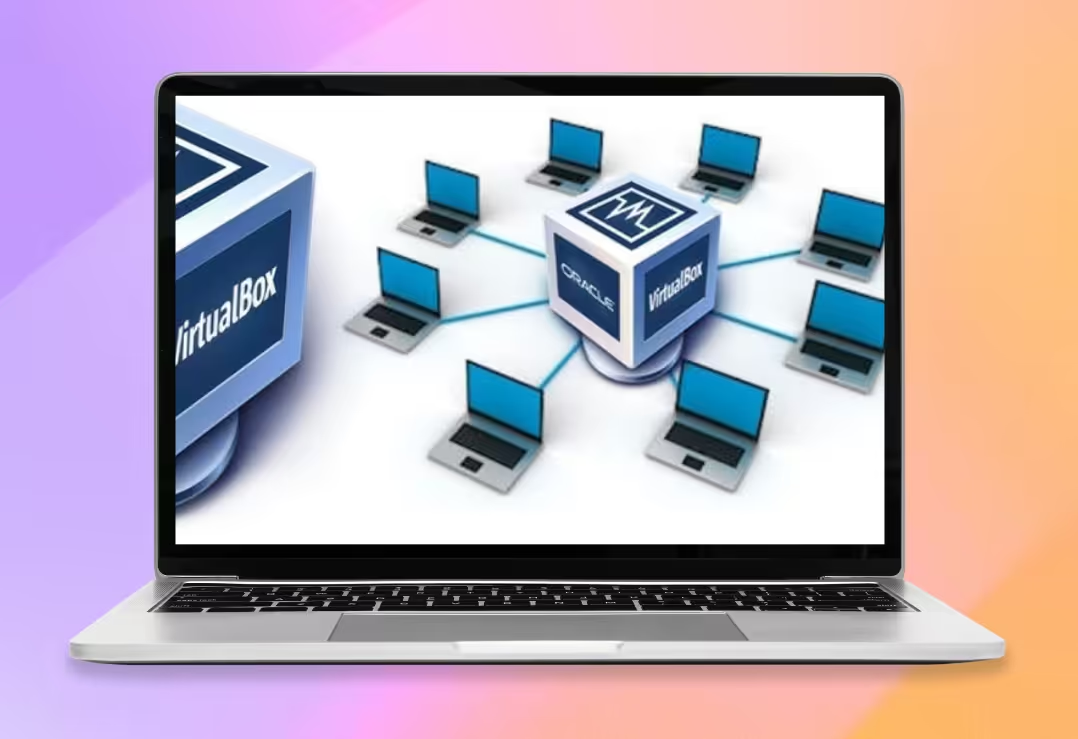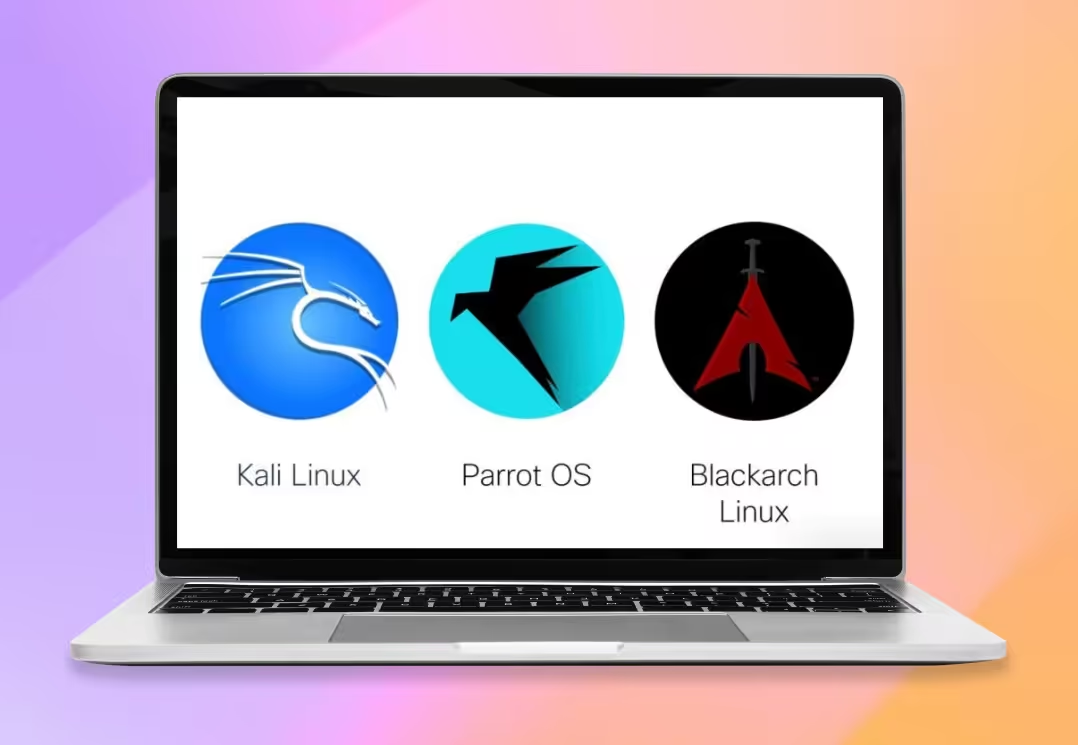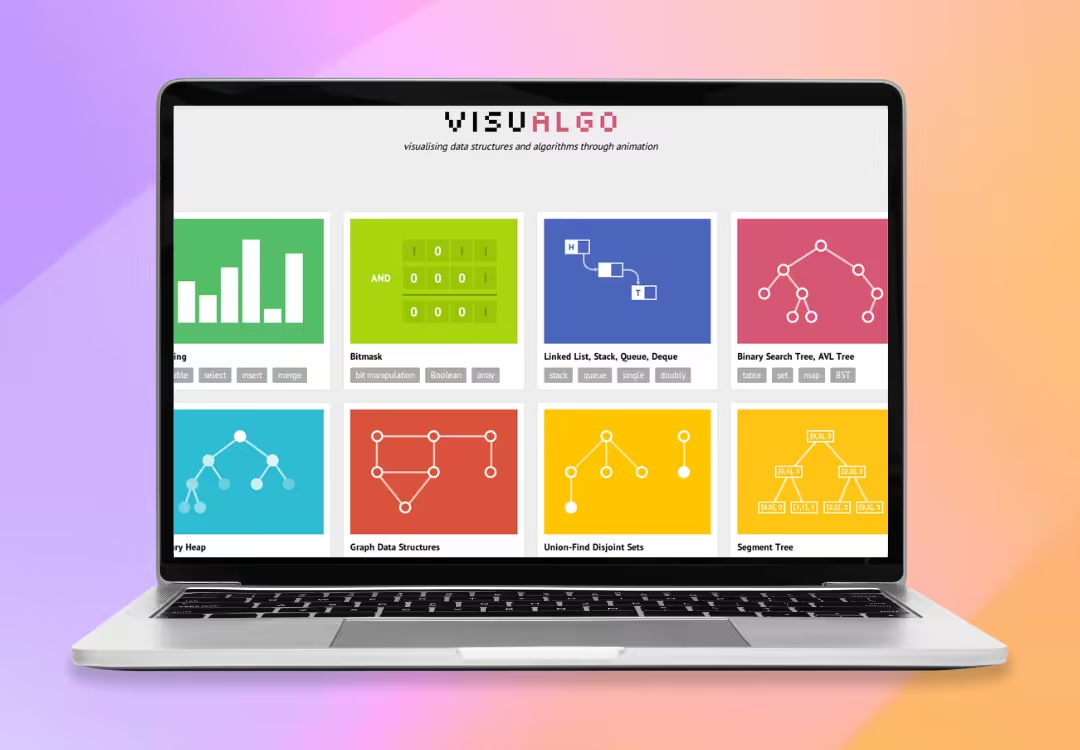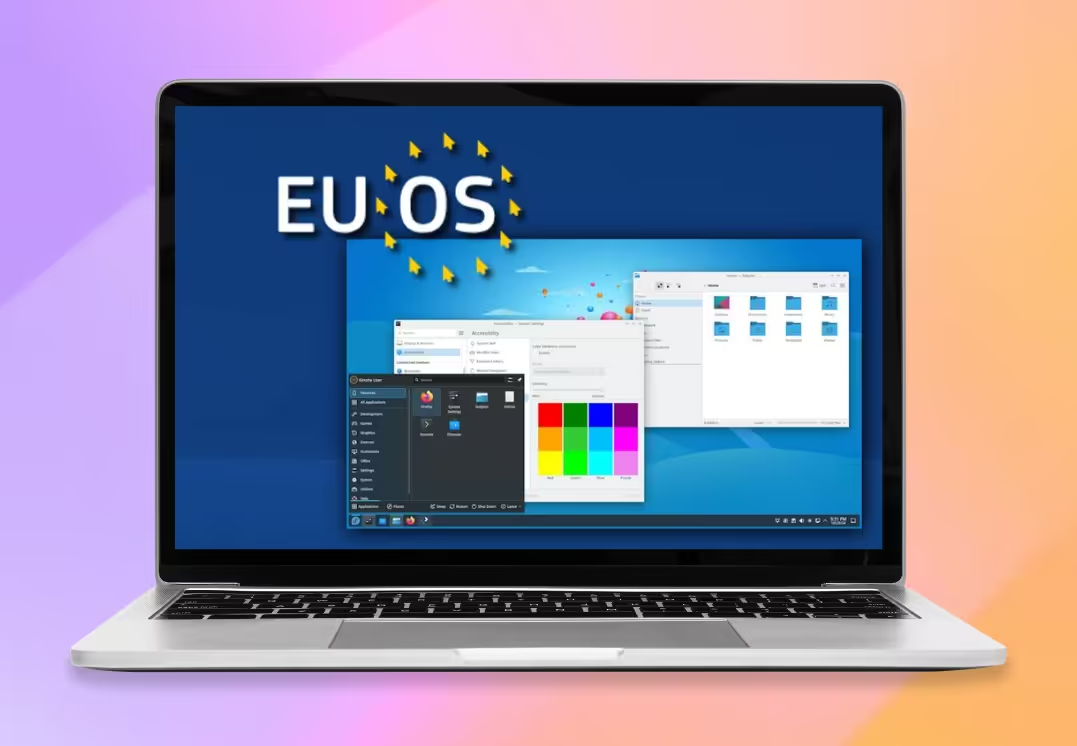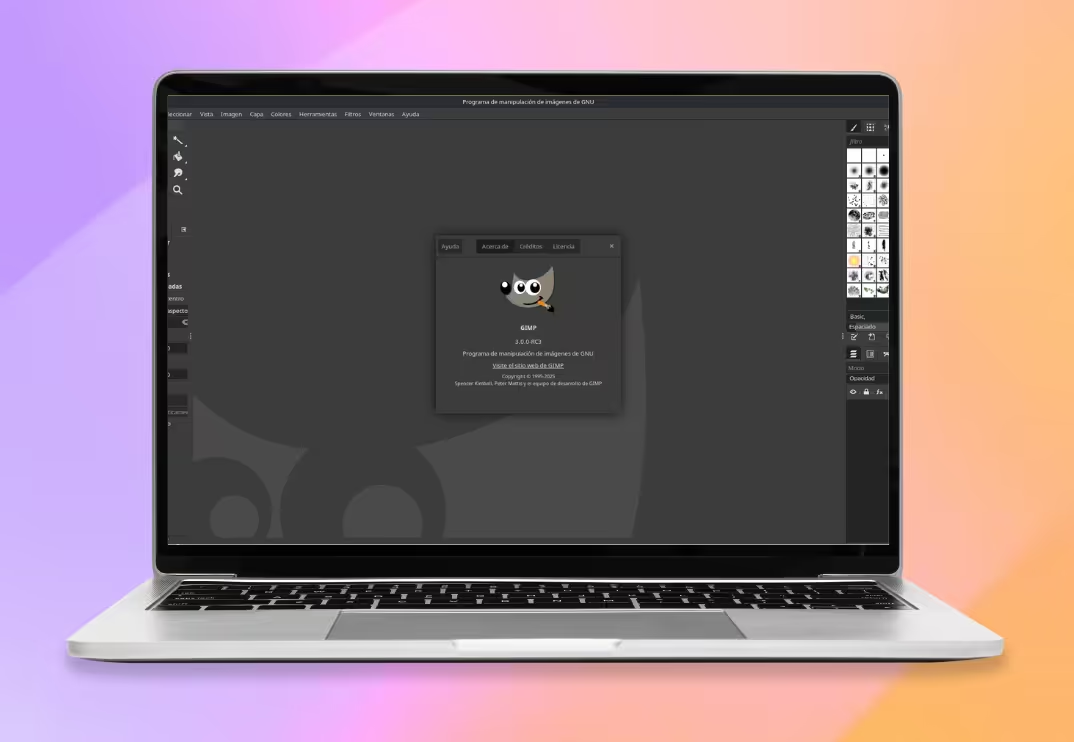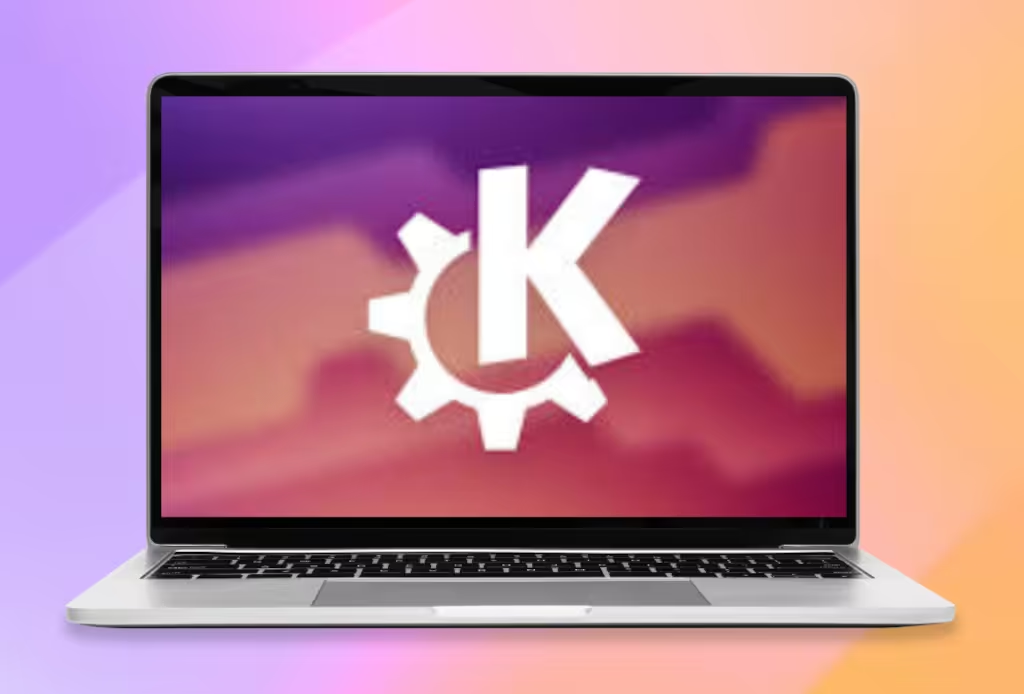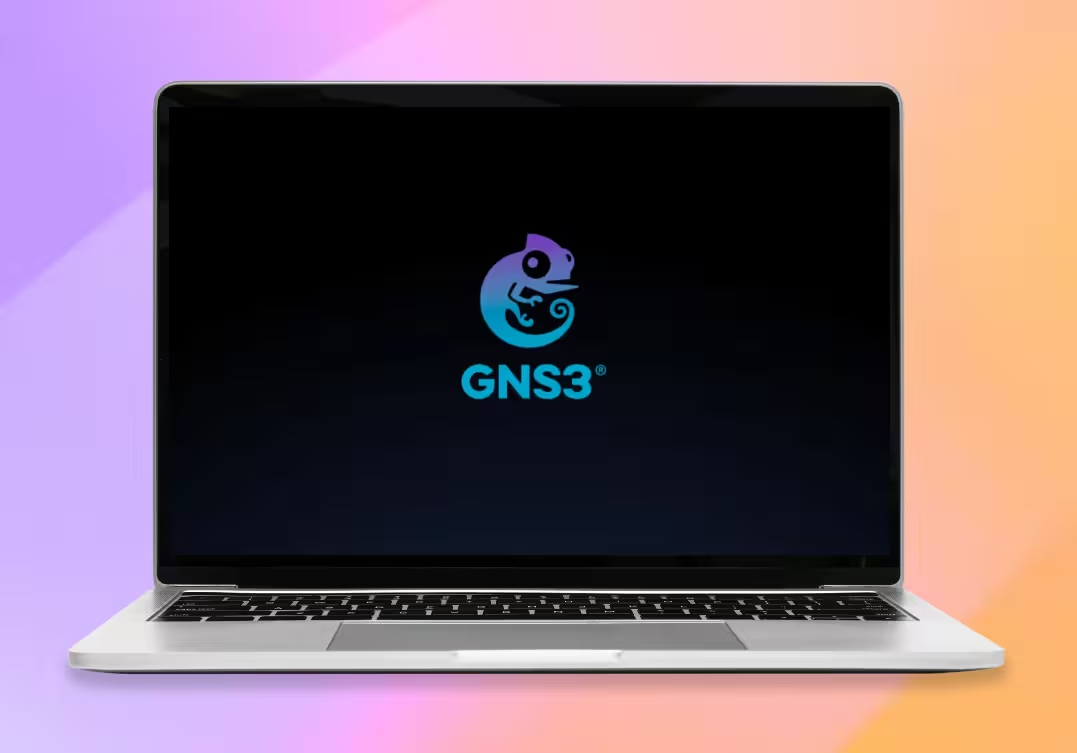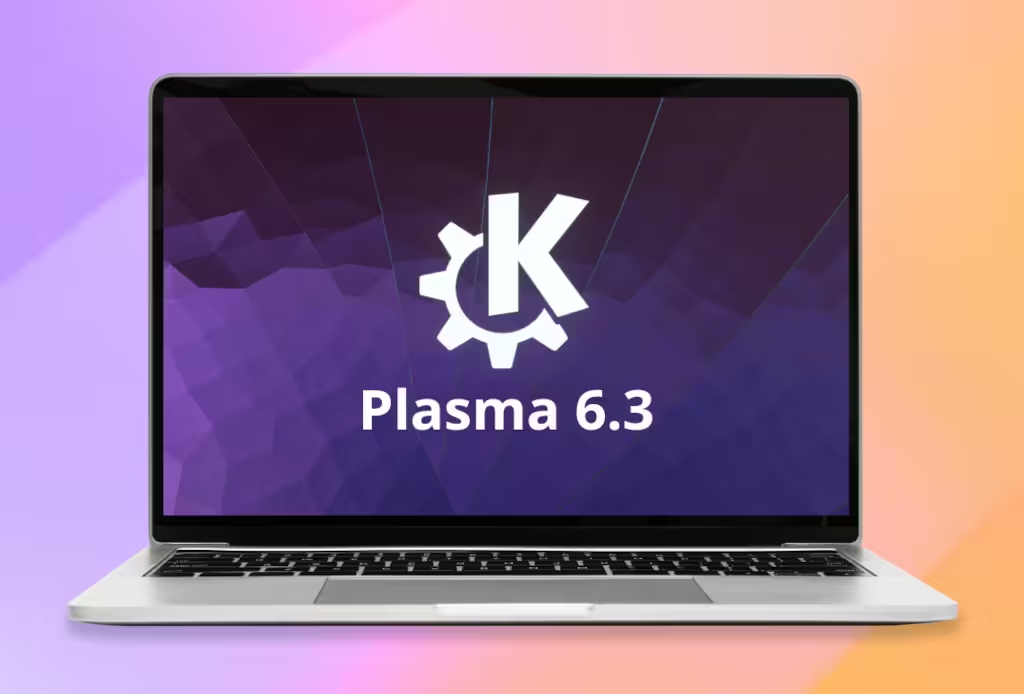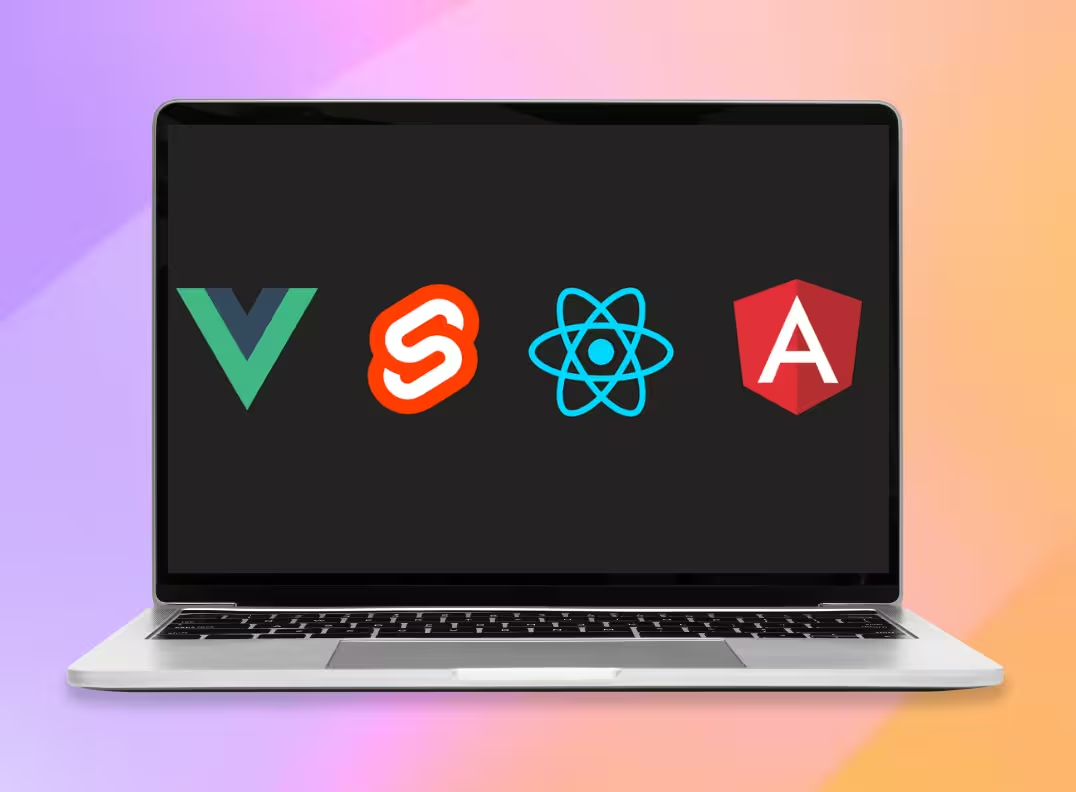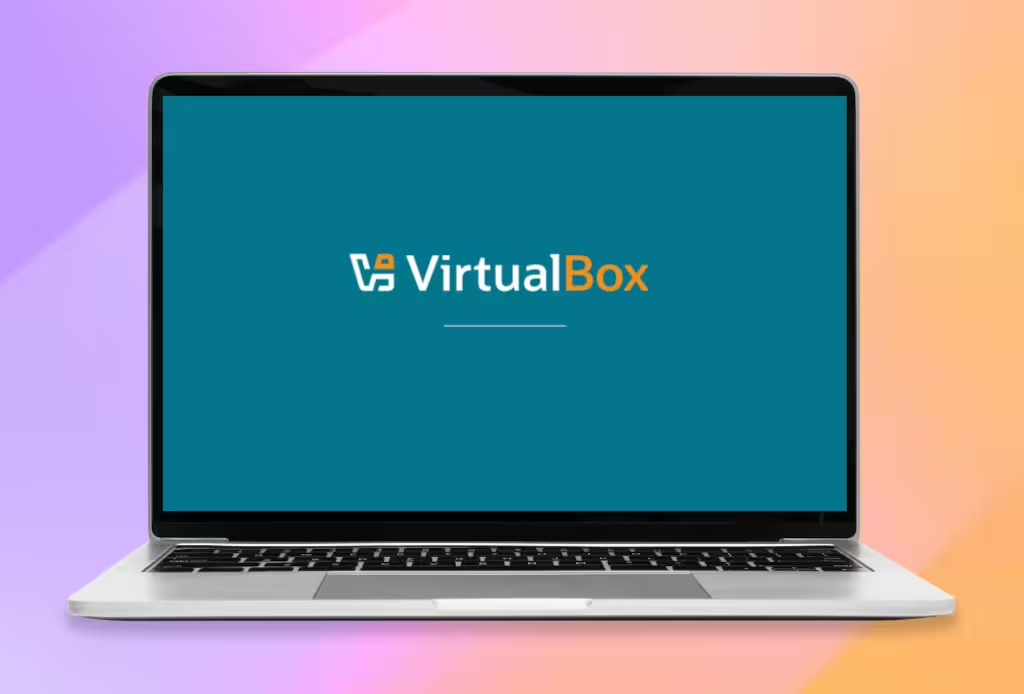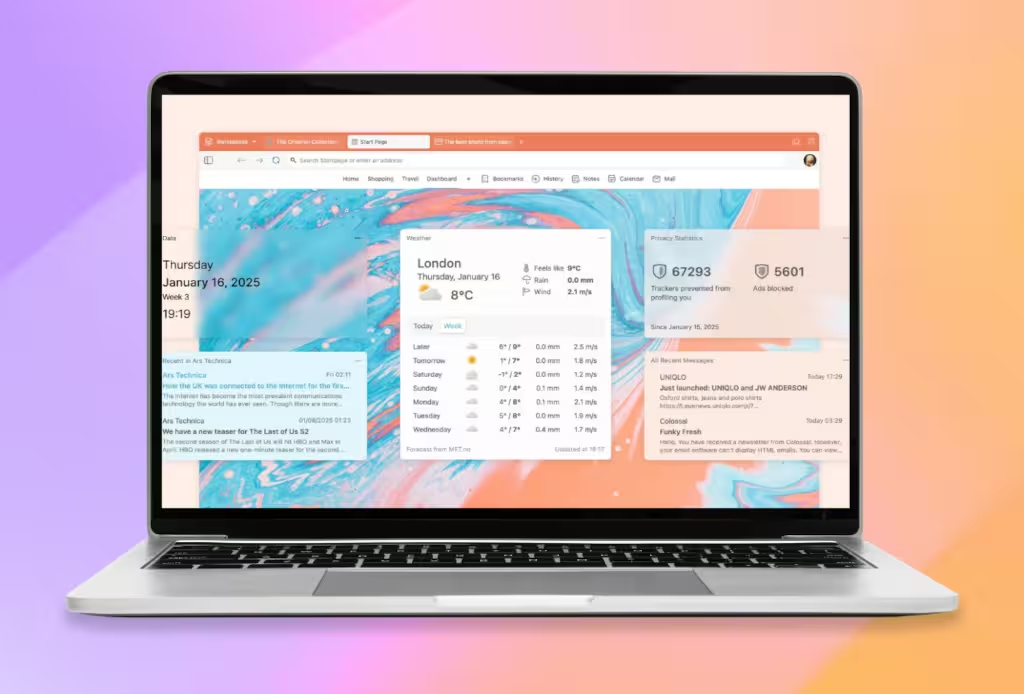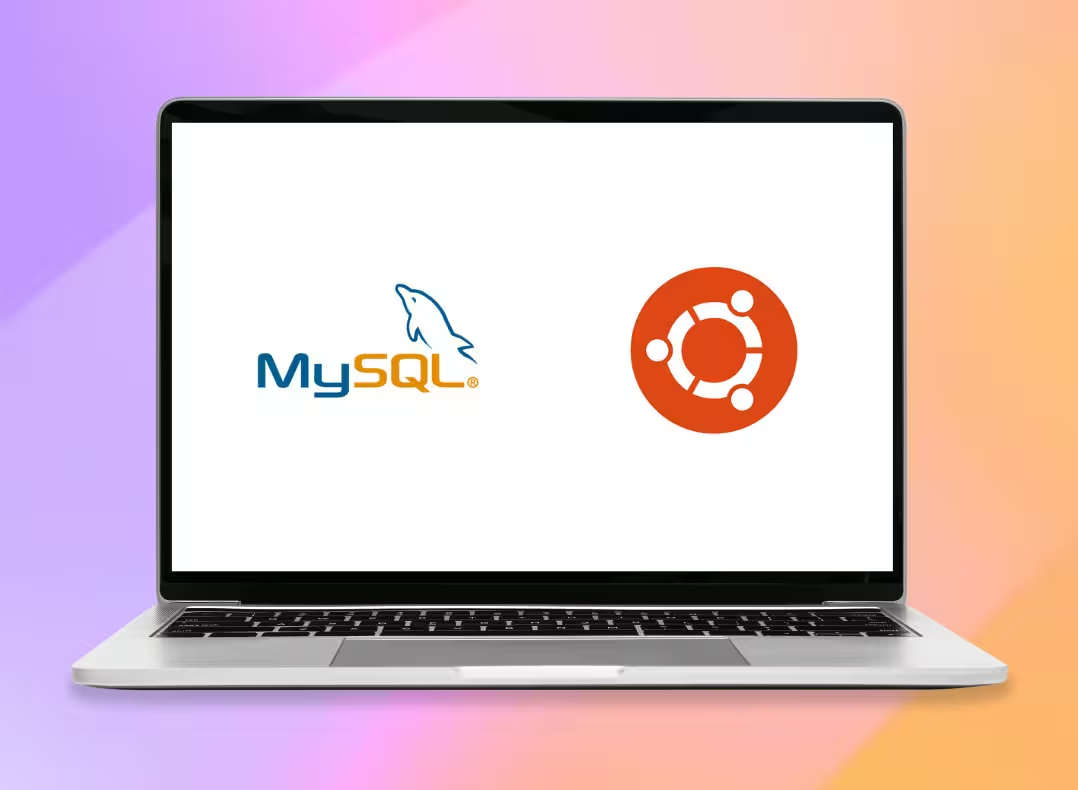Discover the Microservices Architecture
The microservices architecture is an innovative approach to application design, dividing them into small, independent functional components capable of working together efficiently. This method surpasses traditional monolithic architectures by offering greater scalability, flexibility, and ease of maintenance.
Main Advantages:
- Independent Deployment: Each service can be updated or scaled without interrupting the functionality of others.
- Specific Scalability: Allows scaling only the components that need it, optimizing resources.
- Error Isolation: A failure in one service does not affect the entire application.
- Technological Diversity: Enables the use of the most suitable language or tool for each service.
How Do Microservices Work?
- 1. Functional Division: Each microservice handles a specific task, such as authentication or search.
- 2. Communication via APIs: Services interact through well-defined APIs, ensuring interoperability.
- 3. Agile Development: Facilitates rapid development cycles and continuous deployment, adapting to change.
Common Tools and Technologies
Some of the most popular tools and technologies for implementing microservices include Docker for containerization, Kubernetes for container orchestration, and Spring Boot for developing services in Java. These tools simplify the creation, deployment, and management of microservices efficiently.
Common Design Patterns
- API Gateway: A single entry point that manages client requests and redirects them to the corresponding microservices.
- Service Discovery: A mechanism to locate and connect with available services on the network.
- Circuit Breaker: A pattern for handling service failures by interrupting repeated requests to a faulty service.
Real-Life Examples of Microservices
- Netflix: Processes billions of API requests daily to deliver real-time content.
- Amazon: Optimizes recommendation processes, payments, and logistics with microservices.
- Fintech: Banks and fintech startups use microservices to handle payments, account management, and risk analysis.
- Healthcare: Medical applications enable better management of appointments, medical records, and diagnoses with specialized microservices.
- Education: E-learning platforms offer functionalities like authentication, exam systems, and course management as independent services.
Microservices or Monoliths
While monolithic architectures are simple to implement in small projects, microservices are the perfect choice for applications that need to scale quickly, handle high demand, or adapt agilely to market changes.
Are you ready to explore the possibilities offered by the microservices architecture? It’s time to design smarter and more flexible applications!






